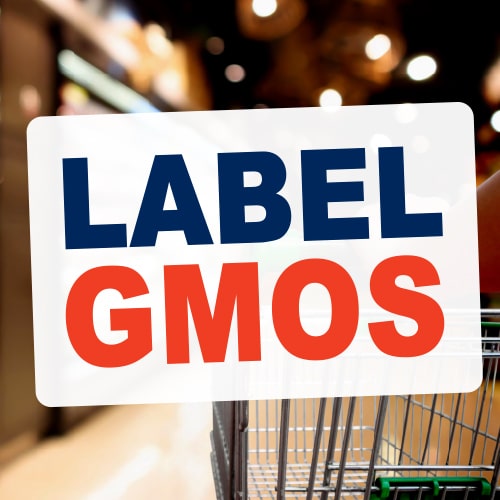Precautionary principle
“Better safe than sorry”
“ When it comes to human and environmental safety there should be clear evidence of the absence of risks; the mere absence of evidence is not enough.”
– Conrad Brunk, Co-chair of the 2001 Royal Society of Canada Expert Panel on the Future of Food Biotechnology
This is an expression of the precautionary principle that focuses on reducing or eliminating hazard. The precautionary principle is promoted internationally as a way to prioritize health and environmental safety when regulating genetic engineering or other potentially harmful technologies. It advises us to take action to anticipate and prevent harm even when we don’t have conclusive evidence about causes. This is because it is extraordinarily difficult to establish cause and effect when we introduce new technologies (like PCBs and CFCs for example) into our complex ecosystems.
The precautionary principle is invoked when there is recognition of potential harm and of scientific uncertainy – both of which are denied by the Canadian government in the case of genetic engineering.
The precautionary principle states:
“When an activity raises threats of harm to human health or the environment, precautionary measures should be taken even if some cause-and-effect relationships are not fully established scientifically.”
– From the 1998 Wingspread Statement on the Precautionary Principle
or “Lack of scientific certainty due to insufficient relevant scientific information and knowledge shall not prevent parties from taking decisions aimed to avoid adverse or minimize effects.”
Contrary to this, the Canadian government concludes that if they cannot see scientific evidence that proves genetically engineered foods are dangerous, they must be safe:
“Health Canada has been reviewing the safety of foods derived from genetic modification for the last seven years, and is not aware of any scientific evidence which demonstrates that genetically modified foods are less safe than traditional foods.”
– From 2002 “Frequently asked questions on genetically modified foods” Canadian Food Inspection Agency.





